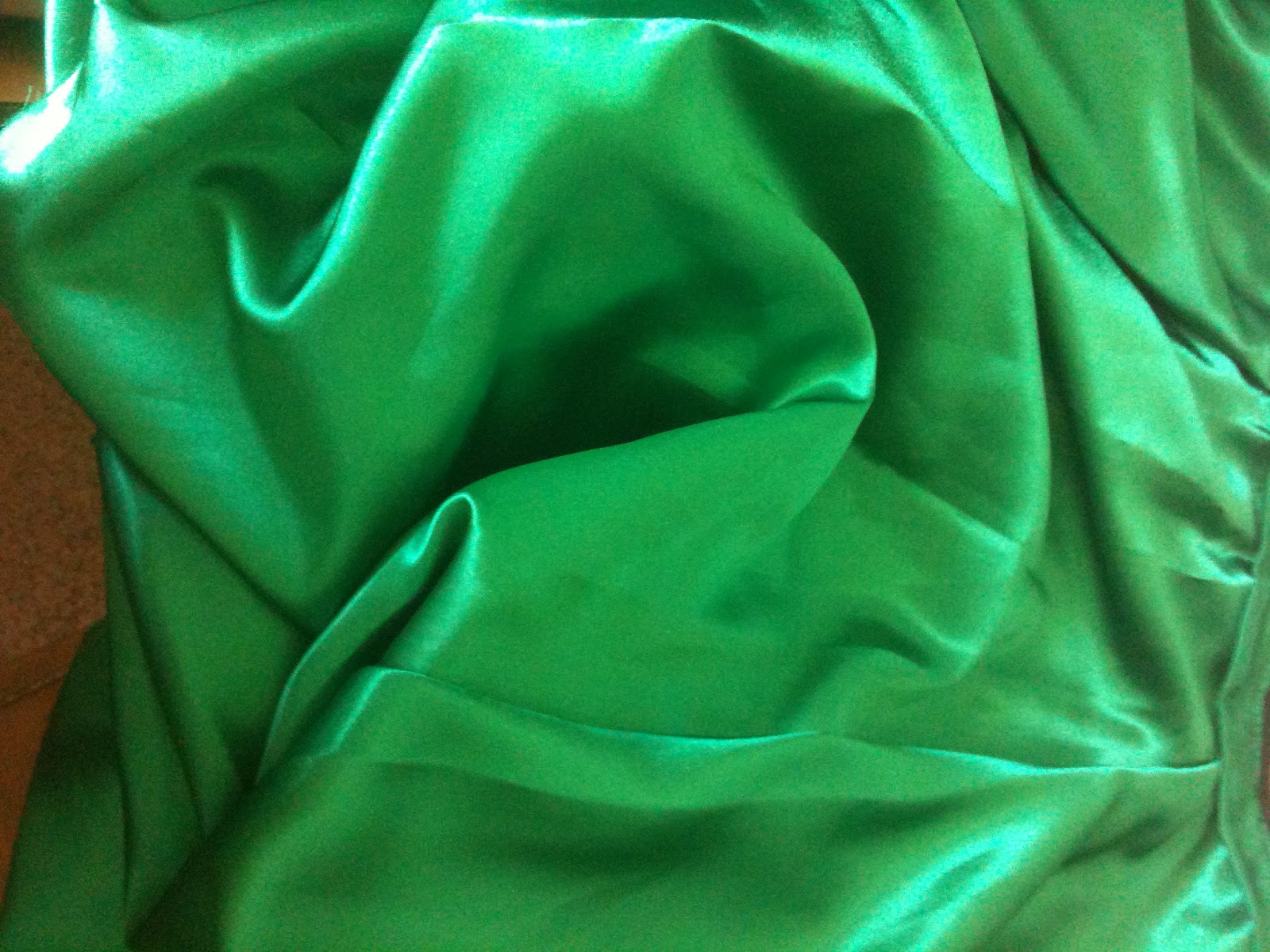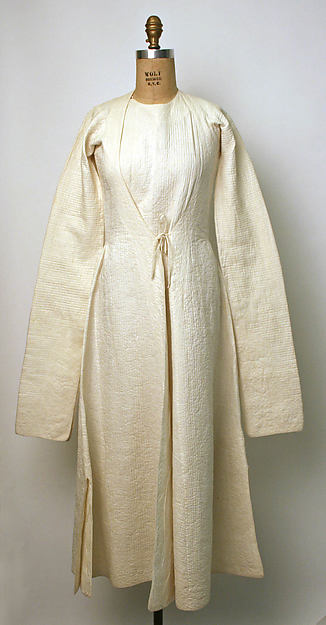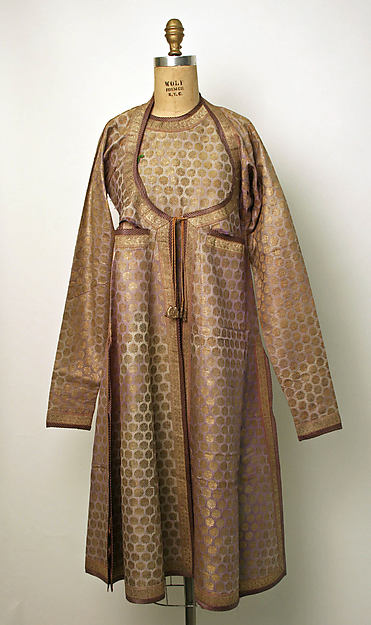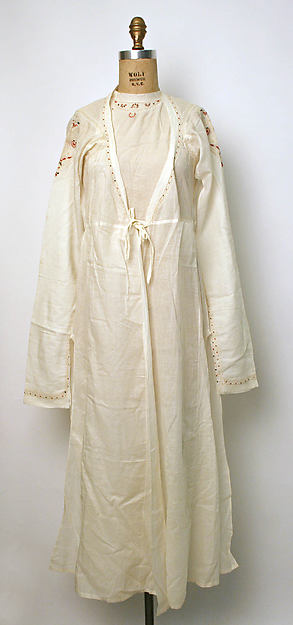So what's the problem with this kurta?
Well, it really comes down to this: It's not a kurta at all.
See, I've been under the impression that because MY kathak kurta churidar was, in fact, an exceptionally full kurta over churidar, that ALL were that way, including the Mughal ones, from where the supposed kathak one is from.
However this is not the case; as upon more and more research it seems to be that this item of clothing is in fact, an angrakha worn with churidar.
Sure, the original Mughal dancing costumes were, in fact, sheer, floor-length kurtas worn UNDER cholis and over shalvar/churidar. This is where my confusion comes from, because between the golden age of the Mughals and the British Raj, something happens to the kathak costume.
The angrakha becomes the favored article of clothing for tawaifs and kathaks during the fall of the Mughals, rise of the Nawabs, and take-over by British rule.
It's actually still true today in kathak costumes. The angrakha costume is one of our most popular, and I do think it's one of the most flattering. The closures of the angrakha allow it to conform to your body in a way that a true kurta never could, and it emphasizes the flaring of the skirt by tailoring in the waist.
I love angrakhas, but I have only one, and it's actually a regular old everyday wear one. Nothing special, nothing fancy, just a plain cotton one that's been worn to death, revived, and worn to death again.
This is going to be my first attempt to make one myself, and I'm doing it with an already made, already hung and stretched, green satin circle skirt. So this may facilitate things.... or it may make things worse.
The already assembled skirt. Too big to really get a good look at it.
Only time will tell.
What I can tell though is that I'm going to have to be very careful about my fabric rations. This outfit is being made out of the last remaining scraps of fabric from a mid 19th century European gown. Which means that there is no room for mistakes, because minus the skirt, there may be only about 3 yards of fabric left.
These are our "basic" angrakhas that we'll be looking at for construction. They're dated from the 18th century, a bit early for us, to the early 20th century. What's important about them is that even though I'm fairly certain the middle one is a man's, and they all lack the "vest" part that is integral to actual dancer's dresses, they're center front closing with a dipping false neckline.
This is vital, as these are the characteristics common in modern kathak angrakhas, and this design being found in earlier fashion is what will help make our angrakha authentic to the era, rather than just a modern dress for dance.
However, I will be "modernizing" it a bit.
I'm going to use this dress for performances. This angrakha did not come cheap. The trim alone is estimated at about $100, and that's trim SHIPPED FROM INDIA. Which means it's like, practically the cheapest it could ever possibly be. It's also not all of the trim I'll need, so I'll probably be sinking another $50 into it for additional trims for the dupatta, vest, and who knows what else.
With that in mind, the construction of this needs to be sturdy. So I will be interfacing the life out of the body of this angrakha any place I can. Hopefully, because it will be lined, the interfacing won't be so obvious.
Inside the back of the "vest" bit. Half of it notched to accommodate the slight curve, the other half waiting still.
So we have a skirt, part of the fitted piece of angrakha, and a lot of trim.... Hopefully it goes alright.










No comments:
Post a Comment